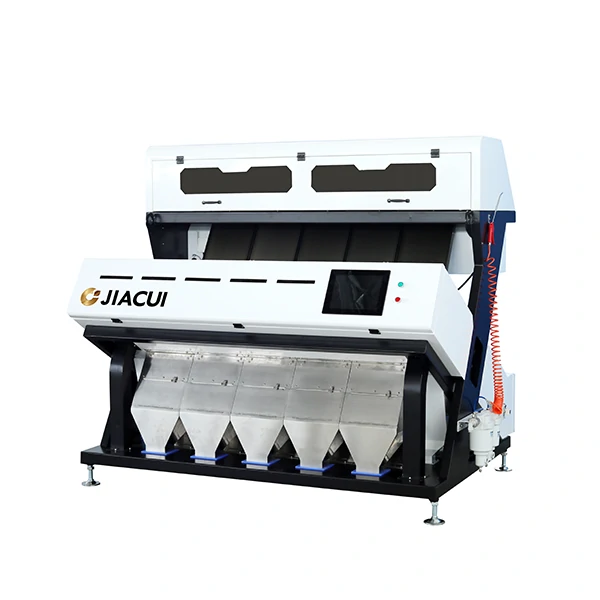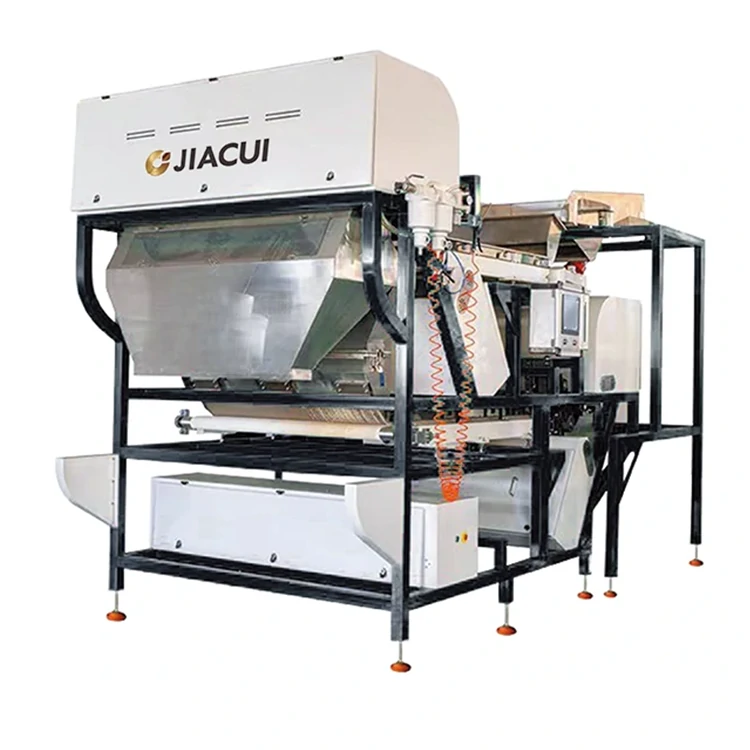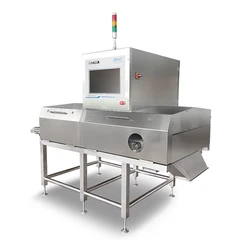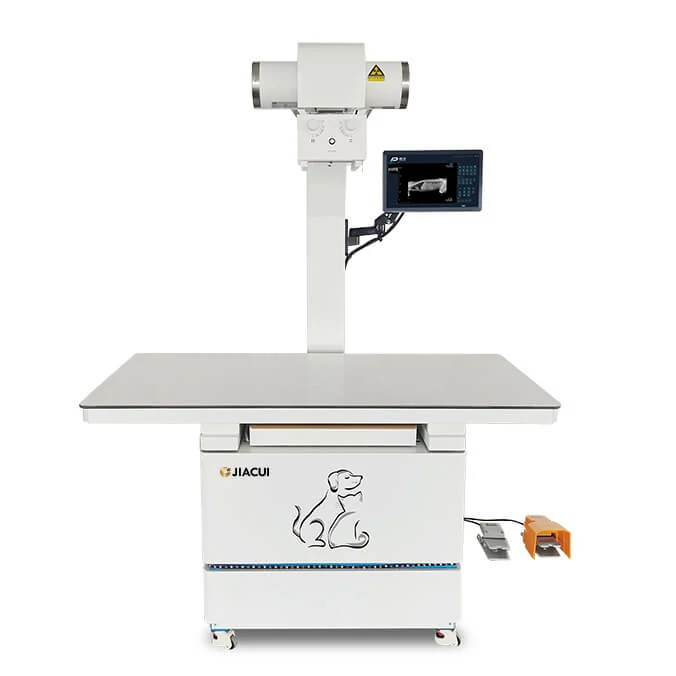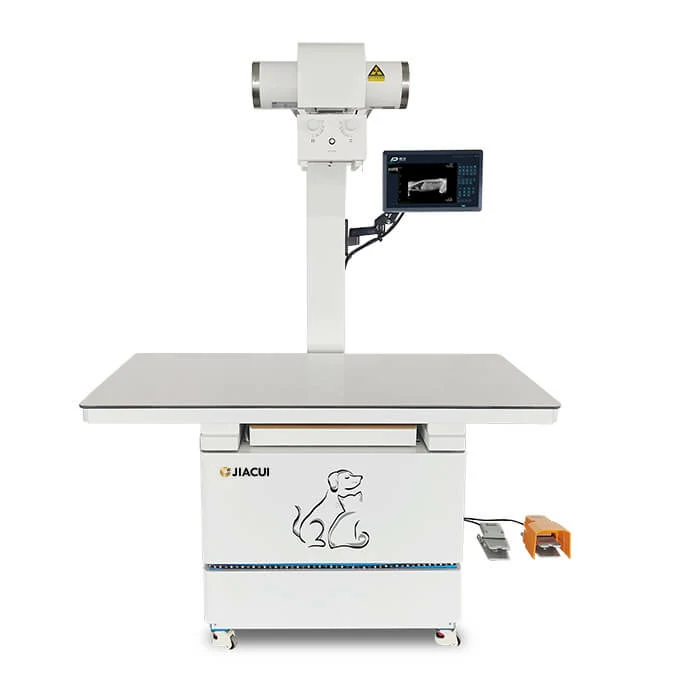Innovative Machines for Sorting Waste: A Revolution
Release Date:2025-11-03 16:33 Number of views:30
In the quest for a sustainable future, waste sorting machines are game-changers. They enhance recycling efficiency and reduce landfill waste.
These machines are not just about sorting; they are about innovation. Advanced technologies like AI and machine learning are now integral to their operation.
Plastic bottle sorting machines, for instance, can identify and separate different types of plastics with precision. This ensures that more materials are recycled effectively.
Recycling sorting machines handle a variety of materials, from metals to paper. They are crucial in the push towards a circular economy.
As technology evolves, these machines become smarter and more efficient. They are paving the way for a greener planet.
The Evolution of Waste Sorting Technology
Waste sorting has come a long way since its inception. Initially, manual sorting was the norm, requiring significant human effort.
Today, machines dominate the field, automating and optimizing processes. These innovations mean fewer errors and more efficiency in waste management.
Key developments in waste sorting technology include:
- Automation and robotics to reduce manual labor.
- AI integration for more precise identification.
- Sensor advancements for better material detection.
These advancements have set the stage for more sophisticated systems. They are pivotal in tackling the global waste crisis.
As technology continues to evolve, waste sorting is becoming more efficient and environmentally friendly. The goal is to maximize recycling and minimize landfill contributions. This progress is crucial for achieving sustainable waste management solutions.
How Modern Machines for Sorting Waste Work
Modern waste sorting machines operate with remarkable precision and speed. These machines integrate cutting-edge technologies to manage diverse waste materials.

Sophisticated sensors and AI are at the core of their operation. Machines use these tools to classify and separate materials by type. This technology significantly reduces the chances of human error.
A typical
- Plastics of different grades
- Metals like aluminum and steel
- Paper and cardboard
The automated systems adapt to different waste streams in real-time. Adjustments are made instantly to ensure efficient sorting.
Conveyor belts combined with air jets are often used to direct materials. Lightweight materials are separated from heavier ones with ease. This process helps ensure the accuracy of the final sorted output.
The integration of these technologies boosts recycling rates. It also plays a crucial role in decreasing landfill waste, contributing to a more sustainable environment.
Key Components and Technologies
Key components in waste sorting machines include highly advanced sensors. These sensors are designed to identify waste based on size and composition.
Machine learning algorithms are integral to enhancing their functionality. They enable machines to learn and improve sorting accuracy over time.
Essential technologies include:
- Optical sensors for color and texture recognition
- AI for decision-making and sorting patterns
- Robotics for efficient material handling
These elements ensure that machines operate at maximum efficiency. As a result, sorted waste is cleaner and more recyclable.
The continuous development of these technologies is crucial. They drive the future of waste management towards greater sustainability.
Spotlight: Plastic Bottle Sorting Machines
Plastic bottle sorting machines are transforming recycling operations. They are designed to sort bottles efficiently by type and color. This innovation is vital in streamlining the recycling process.
These machines identify and separate bottles quickly. Advanced technologies like infrared sensors are used to distinguish different plastics. This helps ensure that the recycled material remains uncontaminated.
Key capabilities of plastic bottle sorting machines include:
- Recognizing different plastic types
- Sorting bottles by size and color
- Reducing manual labor
Implementing these machines can boost recycling efficiency dramatically. They play a critical role in reducing waste sent to landfills. Consequently, they contribute significantly to environmental sustainability.
The Role of Plastic Color Sorters in Recycling
Plastic Color Sorters are crucial in ensuring accurate recycling results. They use optical sensors to detect colors, sorting plastics by hue and shade. This precision minimizes contamination in the recycling stream.
These advanced sorters have transformed recycling facilities with their efficiency. By differentiating colors, they help maintain the purity of recycled plastic. This means higher quality end-products.
Key benefits of using Plastic Color Sorters include:
- Improved material quality
- Increased recycling rates
- Efficient sorting processes
With these technologies, recycling becomes more streamlined. Color sorters make it possible to process plastics more effectively, promoting a sustainable future. This innovation represents a leap forward in recycling capabilities.
Benefits of Automated Recycling Sorting Machines
Automated recycling sorting machines offer numerous advantages. They significantly reduce the need for manual labor, minimizing human error. This leads to increased efficiency and better resource management.
These machines also contribute to environmental conservation. By improving recycling rates, they help decrease landfill waste. This, in turn, reduces greenhouse gas emissions.
Key benefits include:
- Lower labor costs
- Faster processing times
- Enhanced sorting accuracy
With automation, recycling facilities operate more effectively. These systems allow for handling large volumes of waste swiftly. They are a crucial step towards sustainable waste management solutions.

Innovations Shaping the Future of Waste Sorting
The field of waste sorting technology is rapidly evolving. Cutting-edge innovations are transforming how we manage waste. These advancements enhance efficiency and sustainability.
Robotics and AI integration are at the forefront. These technologies enable machines to adapt to different waste types. Real-time monitoring through IoT further optimizes sorting processes.
Prominent innovations include:
- AI-powered sorting algorithms
- IoT-enabled monitoring systems
- Advanced sensor technologies
These pioneering developments promise a more sustainable future. By maximizing recycling efforts, they support a circular economy. The push for innovation encourages industry growth and effectiveness.
Challenges and Opportunities Ahead
Implementing
Key areas of potential include:
- Increasing cost-effectiveness
- Enhancing machine reliability
- Expanding to new markets
Balancing challenges with opportunities is crucial for progress. Continued innovation and collaboration could overcome these hurdles. The future of waste sorting promises growth and sustainability.
Conclusion: Toward a Smarter, Greener Future
The journey to smarter waste sorting is gathering momentum.
Moving forward, commitment from all stakeholders will drive success. With ongoing innovations, the horizon is bright for a more sustainable world. The promise of a greener future is within reach.

